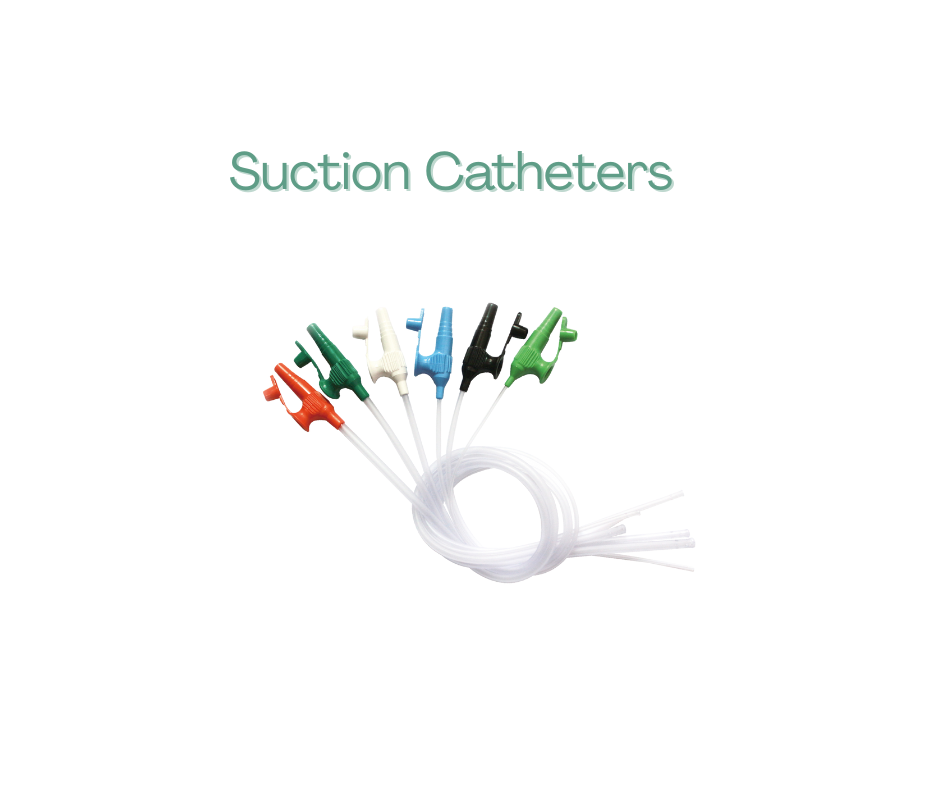TEl: +86-13148388090
Fax:+86-571-88616515
How to Care for the Elderly After Using a Suction Catheter
Author: admin / 2025-04-28Adults are afraid of their parents' illness; once it happens, sometimes cause risks. So when they need suctioning, doctors will be careful when operating. As the elderly usually have a weakened cough reflex and reduced mobility, they are more likely to have airway obstruction and infection than younger patients. Therefore, after the use of the suction catheter, proper care is needed to reduce complications and improve comfort and recovery. There are some useful tips to help you.
Why Elderly Patients Need Suctioning
Elderly patients often suffer from conditions that limit their ability to clear their airways. Common causes include:
-
Stroke-induced paralysis
-
Advanced dementia
-
Muscle weakness
-
Decreased consciousness
-
Difficulty swallowing (dysphagia)
-
Presence of tracheostomy or fixed airways
These factors make suction catheter use a critical part of respiratory care. However, using the device is only part of the process—what happens afterward is just as important.
Post-Suction Care: Step-by-Step
After using a suction catheter, follow these steps to ensure proper elderly patient care:
1. Check for Airway Patency
Ensure the patient's airway is clear. Listen for breathing sounds, check oxygen levels, and observe any signs of distress.
2. Provide Hydration
Suctioning may cause dryness in the mouth and throat. Offer fluids or use a humidifier if permitted, especially in long-term care.
3. Monitor for Complications
Keep an eye on:
-
Bleeding in the throat or nasal cavity
-
Changes in heart rate
-
Shortness of breath
-
Excessive coughing
These symptoms may indicate tissue damage or improper suction pressure.
4. Clean Surrounding Areas
Use sterile wipes to clean the lips, nose, and cheeks. Mucus residue may cause skin irritation or secondary infections.
5. Reposition the Patient
Help the patient return to a comfortable position. Avoid laying them flat if they are at risk of aspiration. Elevate the head when needed.
6. Document the Procedure
Always record the time, reason, and outcome of suctioning. This helps maintain continuity of care and can assist future medical decisions.
Choosing the Right Suction Catheter for Elderly Patients
Not all suction catheters are created equal. For older adults, the right material and design can prevent injury and discomfort.
Soft Suction Catheter
A soft suction catheter is made of flexible material. It reduces the risk of damaging fragile tissue and is ideal for repeated use in patients with sensitive airways.
Disposable Suction Catheter
A disposable suction catheter offers high safety by minimizing cross-contamination. It is commonly used in emergency or outdoor care, including military settings.
When selecting a catheter, consider:
-
Diameter: Match with the patient's airway size
-
Tip design: Curved or straight, depending on the anatomy
-
Suction control: Manual or thumb control for adjustable pressure
A reliable catheter supplier will offer both soft and disposable options, allowing customization based on patient needs and care settings.
Infection Prevention After Suctioning
Older patients have weaker immune systems. Suctioning opens up a direct path to the respiratory system, increasing infection risk.
To reduce infections:
-
Always use sterile gloves and clean suction catheters
-
Discard disposable suction catheters immediately after one use
-
Sanitize hands and nearby surfaces
-
Disinfect reusable equipment thoroughly
-
Monitor for fever, mucus color change, or chest tightness
If in doubt, consult infection control protocols or speak with a physician.
When to Replace Your Suction Catheter
Replacing suction catheters at the right time prevents complications. Here’s when to consider a new catheter:
Disposable Catheters
-
Replace after each use
-
Do not reuse even for the same patient
-
Always follow single-use labeling
Reusable Soft Catheters
-
Replace every 24 hours or sooner if visibly soiled
-
Replace if the tube becomes stiff, discolored, or cracked
-
Follow manufacturer guidelines or hospital policy
Using a catheter beyond its safe life span may lead to:
-
Bacterial contamination
-
Tube blockage
-
Patient injury or discomfort
Choose a trusted catheter supplier to ensure access to high-quality OEM catheter products designed for professional use.
Final Thoughts
Suctioning can be risky for the elderly. Therefore, when using it, it is necessary to ensure the use of appropriate catheters, maintain good hygiene habits and continue to observe, so that caregivers can reduce risks and improve patient comfort. By following these care steps, safer results can be ensured. If you need to obtain an OEM catheter solution, a soft or disposable suction catheter, you can contact Bever Medical, which can customize medical standard suction catheters of different sizes.



